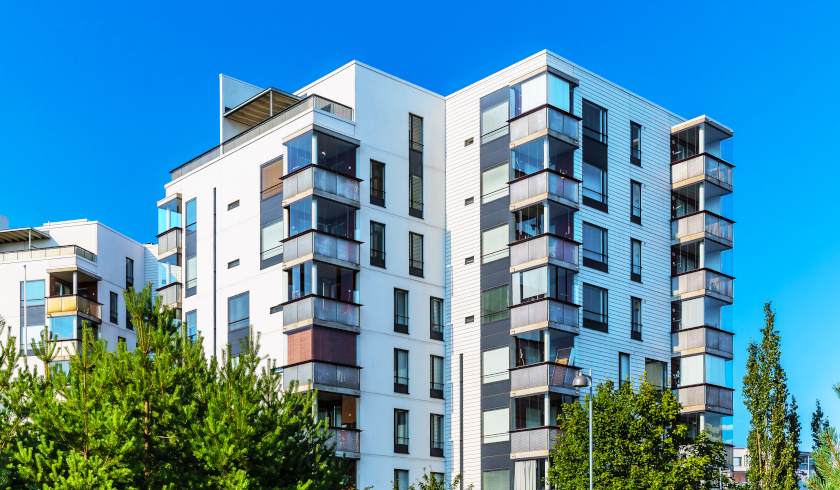Changes in apartment markets continue throughout September
Fresh data shows the apartment market is continuing to evolve and subdue, based on a series of factors including supply, sentiment and financing.

The latest edition of Urbis’ Apartment Essentials report shows the Australian apartment market is continuing to “flatline”.
Clinton Ostwald, national director at Urbis said that while he has seen similar flatlines in the past, the current flatline is not expected to reverse course anytime soon “due to the weight of negative sentiment in the broader residential market”.
The report comes to this conclusion from five main factors: sales activity is slightly above the quarterly average at 1,330; approved apartment volumes have declined to their lowest level in three years at 4,000; apartment stock rose up to 10.4 per cent; the weighted quarterly average hovered between the high-$600,000 mark and the mid-$700,000 mark while 9 per cent of projects were priced at or above $1 million; and three-bedroom apartments made up 15 per cent of sales.
“The national apartment market will continue to see lower sales volumes with a less consistent flow of new apartment marketing launches, buyers sitting on their hands and banks slowing the credit flow to developers, resulting in fewer construction commencements,” Mr Ostwald said.
Data from Urbis also found demand has remained consistent since the lending environment tightened, but focused more towards the affordable end of the market, with the exception of some premium areas going against the trend in popular locations.
“While the market won’t be picking up in the short term, the reducing volume of new dwelling completions despite ongoing population growth, may result in an under supply of new housing within the next 12 to 18 months,” Mr Ostwald said.
“A shortage of supply in high-growth locations combined with improving rental yields for investors will be the catalyst for the market to start to show signs of improvement.”
The Gold Coast proved an exception to the market lows, as it continued its trend of recording strong levels of sales in the September quarter for the third quarter in a row.
“This time last year, the Gold Coast scraped in with 139 surveyed sales, and now it has more than doubled with 298 recorded in the quarter,” Mr Ostwald said.
Across the major capital cities, Brisbane recorded the most amount of sales at 420, followed by Melbourne with 330, Perth with 236, and then Sydney with 46.
Meanwhile, Sydney apartments are currently the most expensive at $833,152, followed by Brisbane at $736,065, the Gold Coast at $727,685, Perth at $635,805 and then Melbourne at $600,558.
The most popular apartment type in Sydney, Melbourne, Brisbane, the Gold Coast and Perth was found to be two-bedroom, two-bathroom apartments, with the Gold Coast recording the most amount of sales for this type, at 61 per cent of all sales.
Of all apartments available for sale, 46 per cent are in presale, 37 are under construction and 16 per cent have been recently built.
